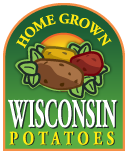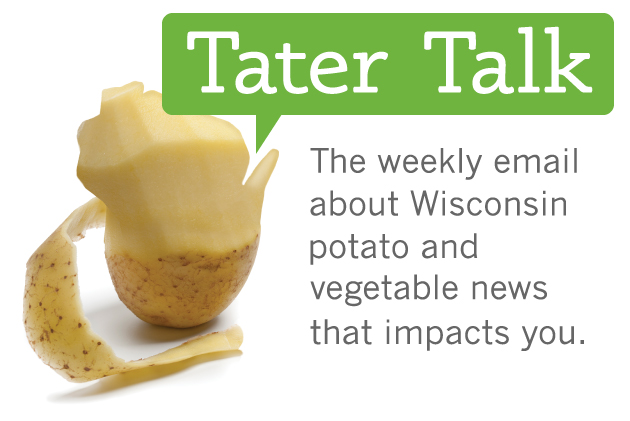Drip Irrigation: Doing More with Less
Most people are already familiar with drip irrigation—they’ve used soaker hoses in the garden or seen those thin tubes in greenhouses or even in orchards. However, on large-scale agricultural lands within Wisconsin, drip irrigation is rarely seen. Since water is usually plentiful in the state, irrigation is delivered to crops with overhead sprinklers, traveling water guns or with rotating center pivot systems. This doesn’t happen in areas where water supplies are scarce. In other grower regions – either in the U.S. or worldwide – growers use watering systems that can be controlled to only deliver the exact amount of water the plants need, via the system known as drip irrigation.
Drip irrigation was first used commercially in Israel in the mid-1900s when the advent of plastics made it possible. It continues to be a dominant form of irrigation in many arid (dry) regions where water is the most limiting factor in crop production. In the U.S., drip irrigation is found predominantly in dry agricultural regions, such as California and Florida, where hundreds of thousands of acres of high-value crops are produced using drip irrigation. Historically, drip irrigation had been primarily used with permanent tree and vine plantings, but new research and applications have made it increasingly desirable for specialty crops, vegetables and even row crops like cotton and corn.
In Wisconsin, less than 1% of the 500,000 irrigated acres use drip irrigation (under surface drip, subsurface, trickle or other forms of micro irrigation) and much of this acreage is in small-scale vegetable production. Wisconsin growers may not face the level of water scarcity seen in the western part of the country, but as concerns over groundwater quality and quantity increase, it may be necessary to explore alternative production strategies.
Drip irrigation has been shown to allow for significant reductions in water and nutrients by better localizing applications in the crop root zone where they can be delivered only when needed by the plant. Also by creating a drier micro-climate in the plant canopy, the risks posed by plant diseases, which thrive in moist conditions, are also greatly reduced. Drip irrigation can provide additional advantages such as a precise delivery system for plant protectants without harming beneficial insects or the environment. With these benefits, why don’t we see more drip irrigation used in Wisconsin? Simple, the high costs of implementing this technology have limited its use, and it remains unclear if these benefits could justify its use in more humid climates with a drought-sensitive crop like potatoes.
Looking to the future where sustainable use of water resources in potato production has emerged as one of the industry’s highest priorities, Sarah Page, a UW-Madison Masters student in Agroecology and Horticulture under the direction of AJ Bussan, has conducted research trials at the Hancock Agricultural Research Station to address just those questions. She compared tuber yield, size and processing quality under standard center pivot irrigation practices and three rates of drip irrigation for commonly grown potato varieties. She found little effect of irrigation treatment and in most years and with most varieties, there were no differences in total yield or tuber size distribution. Surprisingly, the lowest water application rate for drip irrigation yielded slightly higher than the other two rates. This was likely due to increased nutrient leaching under the more heavily irrigated plots, which was supported by nitrate levels detected in plant tissues. A potential negative consequence of lowering irrigation amounts could be drought and heat stress on the tubers, which could have negative consequences for processing quality. However, when Sarah looked into this, she found little effect of irrigation treatment on reducing- sugar content – a contributing factor to undesirable dark colors when potatoes are fried.
Sarah’s research shows that it was possible to reduce water application rates by 25% without negatively affecting potato yield and quality attributes. That’s a lot! There are many steps that need to happen before drip irrigation could be economically feasible and sustainable on a large scale in the sands of Wisconsin, but it’s one more potential tool to add to the box.
For more information, contact Sarah Page at [email protected].


